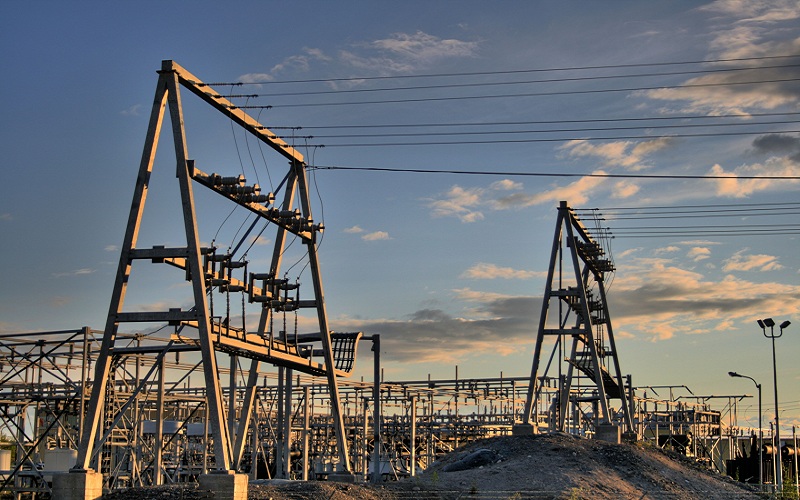
One of the biggest complaints you’ll hear from home and business owners in Cambodia is the high utility bills – particularly, the electric bill.
According to the ADB, around late ‘60s and early ‘70s, the power sector started to deteriorate. Attempts at reviving supply ushered in the engagement of private power producers in the early ‘90s through heavy usage of fuel and diesel. Around 2005, the government started the construction of sub-transmission lines that import electricity from nearby countries.
And although Cambodia has locally produced the majority of the supply last year, it still imported 135.5 megawatts from Thailand, 4 megawatts from Laos, and around 277 megawatts from Vietnam. This import process then causes an increase in charges and sets an average Cambodian back $0.25 per kilowatt.
Going Green
The government has been proactive in addressing the issue on power supply and generation throughout the years. And this transcends just constructing eco-friendly buildings.
In a recent statement by the tourism department, there are plans to create a garbage-fueled plant and a solar plant which will cost $167 million and $89 million, respectively. The two plants will be situated in Phnom Penh which is expected to generate 30 megawatts and Siem Reap which will generate 55 megawatts
This will be made possible through the ministry’s partnership with French green energy firm Quadran International and Chinese waste incinerator specialty company Shanghai SUS Environment.
More Than Power:
Other than generating power for Cambodian citizens, the Tourism Ministry sees this as an opportunity to attract even more foreign visitors.
Minister of Tourism, Mr. Thong Khon, says, “The policy of green development in Cambodia is transforming the country as a tourist destination, making it green and clean to attract overseas visitors. We hope Phnom Penh will be in the running for Asean’s clean tourist city in 2018.”Not only is it good for tourism, but it will also be good for waste management as this will be one of the primary sources of energy.
Will this plan pan out or will the lights dim on these innovative projects? If enough effort is given to making this happen, then there may just be enough spark to make it happen.




Comments